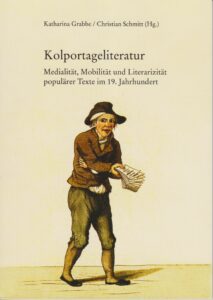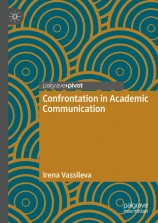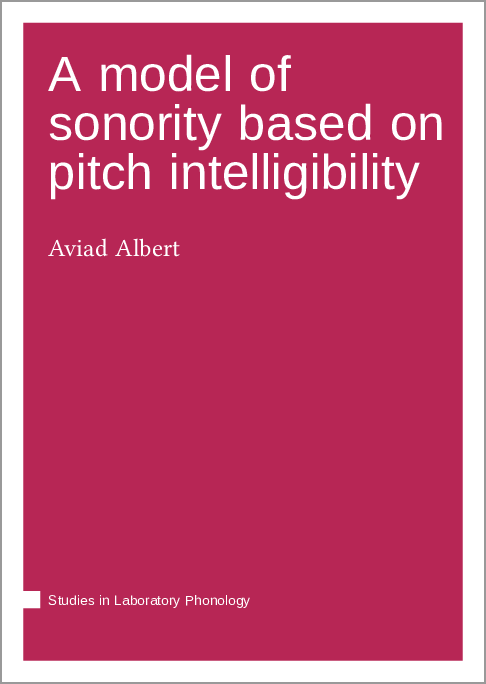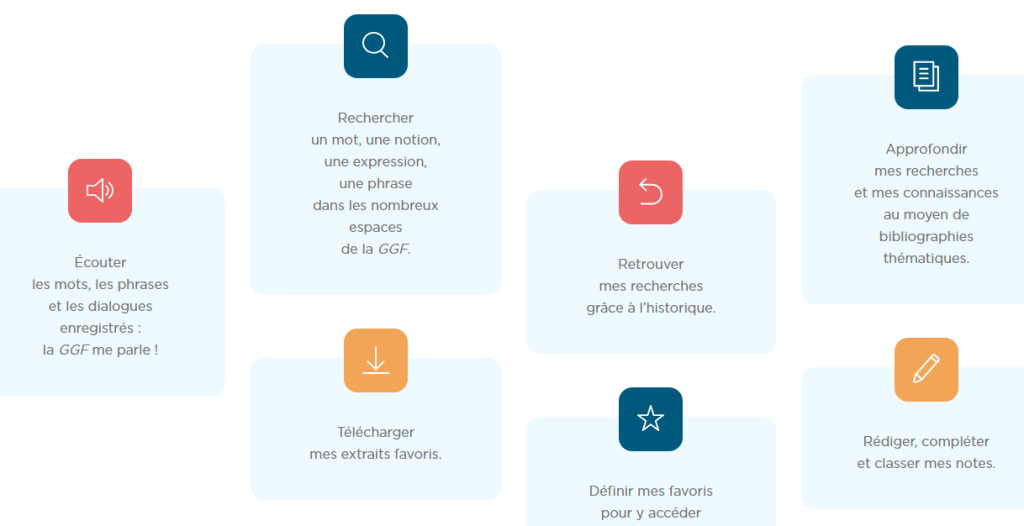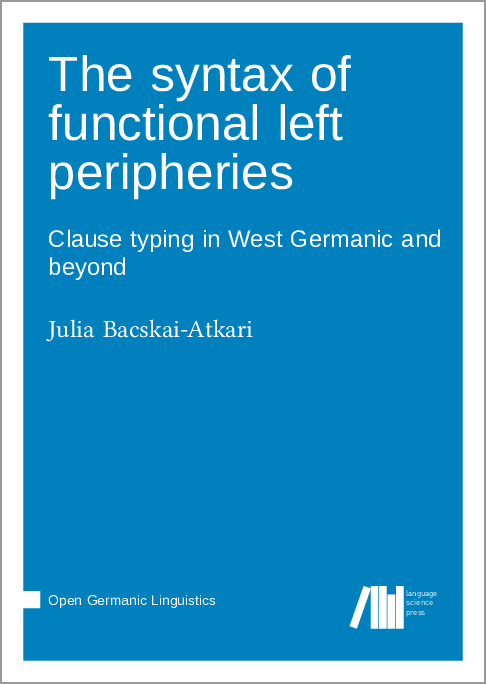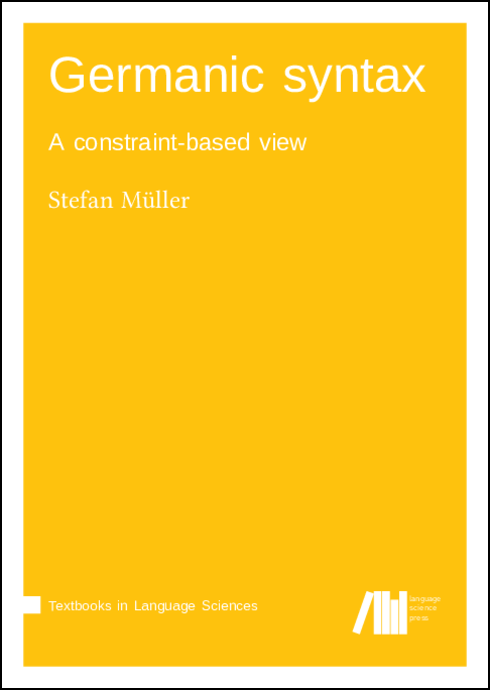Muslim masculinities in literature and film: transcultural identity and migration in Britain
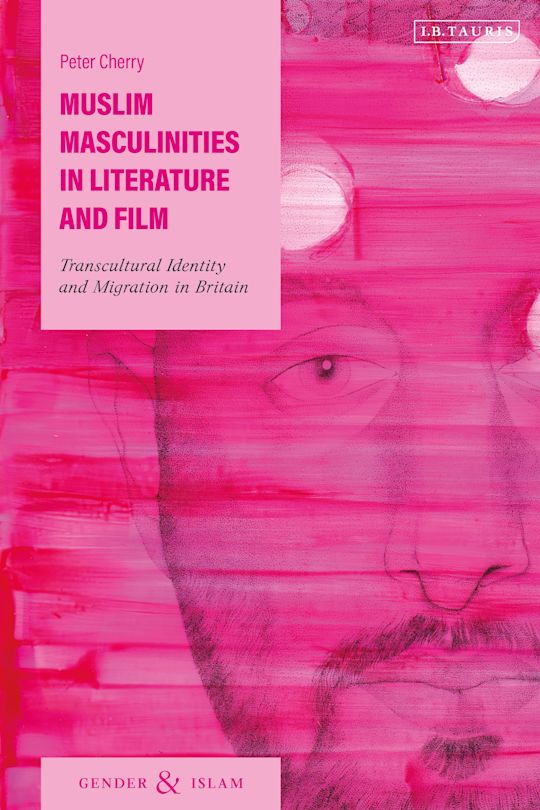 A climate of Islamophobia allows anxieties about Muslim men living in and migrating to Britain to endure. British Muslims men are often profiled in highly negative terms or regarded with suspicion owing to their perceived religious and cultural heritage. But novels and films by British migrant and diaspora writers and filmmakers powerfully contest these stereotypes, and explore the rich diversity of Muslim masculinities in Britain.
A climate of Islamophobia allows anxieties about Muslim men living in and migrating to Britain to endure. British Muslims men are often profiled in highly negative terms or regarded with suspicion owing to their perceived religious and cultural heritage. But novels and films by British migrant and diaspora writers and filmmakers powerfully contest these stereotypes, and explore the rich diversity of Muslim masculinities in Britain.
This book is the first critical study to engage with British Muslim masculinities in this literary and cinematic output from the perspective of masculinity studies. Through close analysis of work by Monica Ali, Nadeem Aslam, Guy Gunaratne, Sally El Hosaini, Hanif Kureishi, Suhayl Saadi, Kamila Shamsie, Zadie Smith, Zia Haider Rahman and Salman Rushdie, Peter Cherry examines how migrant and diaspora protagonists negotiate their masculinity in a climate of Islamophobic and anti-migrant rhetoric. Cherry proposes a transcultural reading of these novels and films that exposes how conceptions of ‚Britishness‘, ‚Muslimness‘ and those of masculinity are unstable and contingent constructs shaped by migration, interaction with other cultures, and global and local politics.
zum Buch im KatalogPlus
zum Buch auf der Verlags-Website
Understanding Chinese wisdom through characters
 Chinese is one of the rare languages that was created thousands of years ago and has been in continuous use ever since. As language signs, Chinese characters reflect how ancient Chinese residents observed and understood the universe and themselves. These characters carry the fundamental ideas of man and nature, which have further developed into Chinese philosophies that have shaped Chinese personality traits and the landscape of contemporary China.
Chinese is one of the rare languages that was created thousands of years ago and has been in continuous use ever since. As language signs, Chinese characters reflect how ancient Chinese residents observed and understood the universe and themselves. These characters carry the fundamental ideas of man and nature, which have further developed into Chinese philosophies that have shaped Chinese personality traits and the landscape of contemporary China.
This book explores the origin and evolution of selected Chinese characters that best represent the cognitive process and core values of Chinese culture. The study of Chinese characters provides an insight into Chinese wisdom of harmony, love and resiliency from which people draw strength in face of challenges today.
The book is unique in its inclusion of featured Chinese calligraphy in character studies, accounting for the aesthetic enjoyment of traditional Chinese art in the history of Chinese characters’ evolution.
zum Buch im KatalogPlus
zum Buch auf der Verlags-Website


